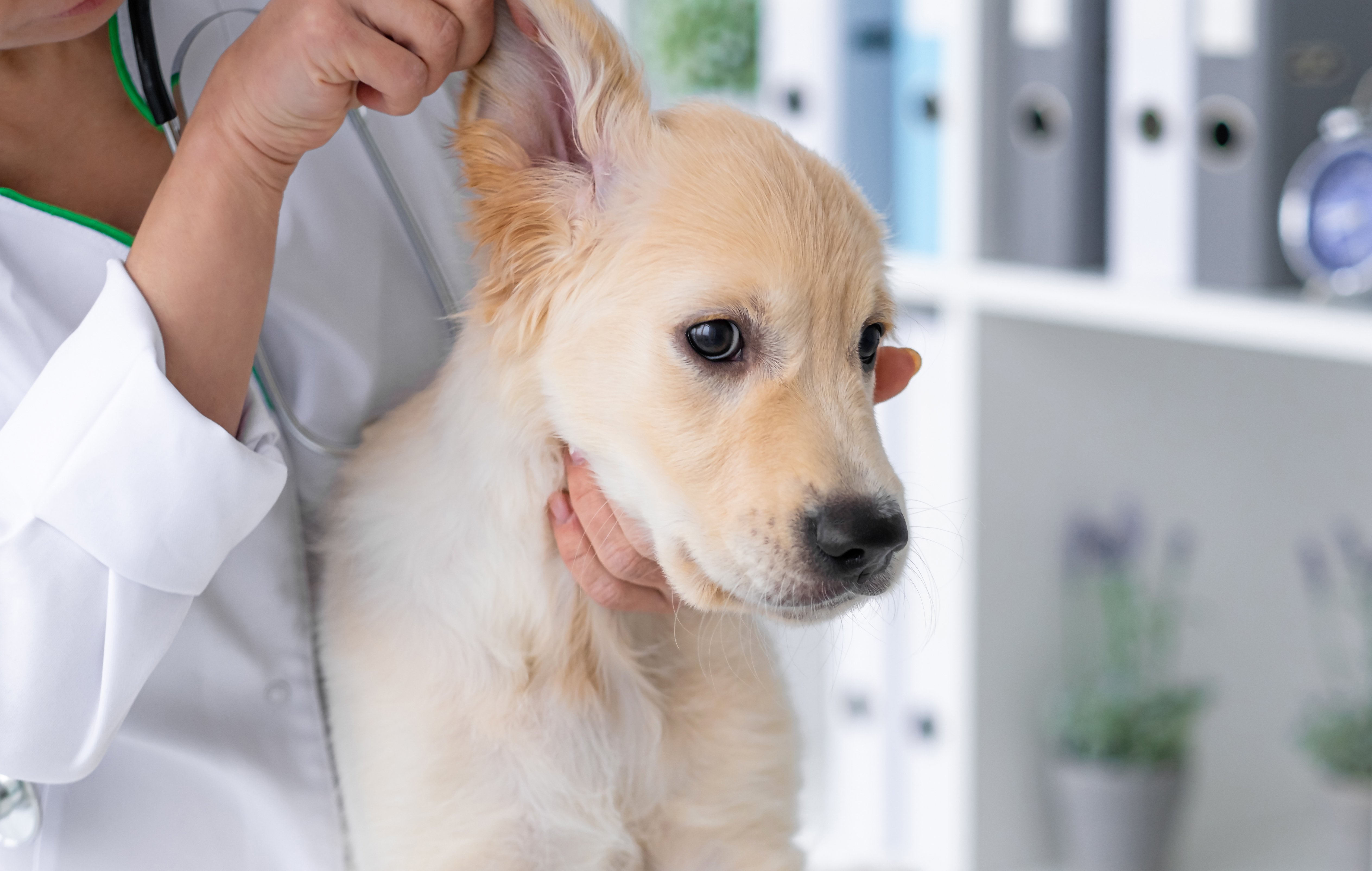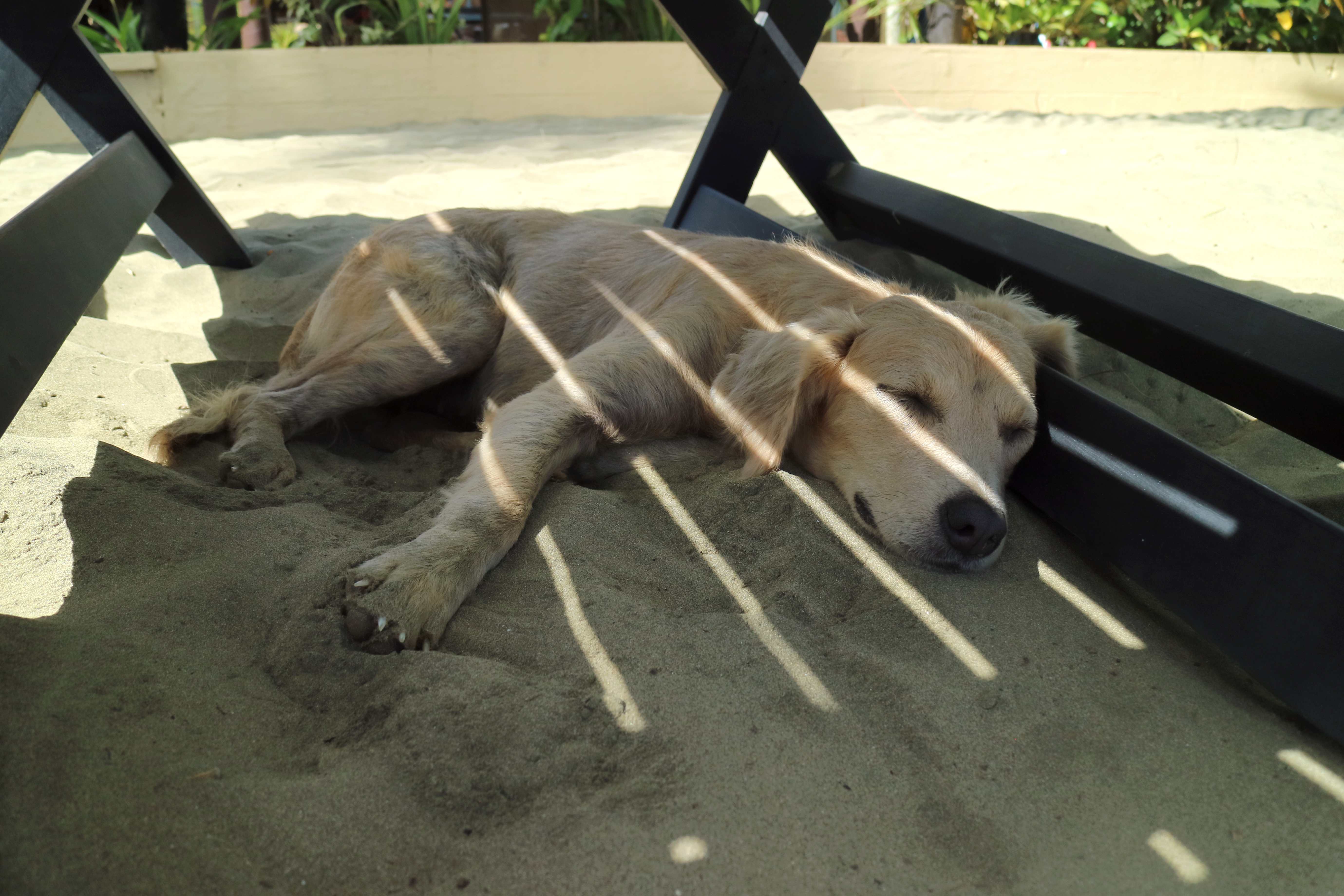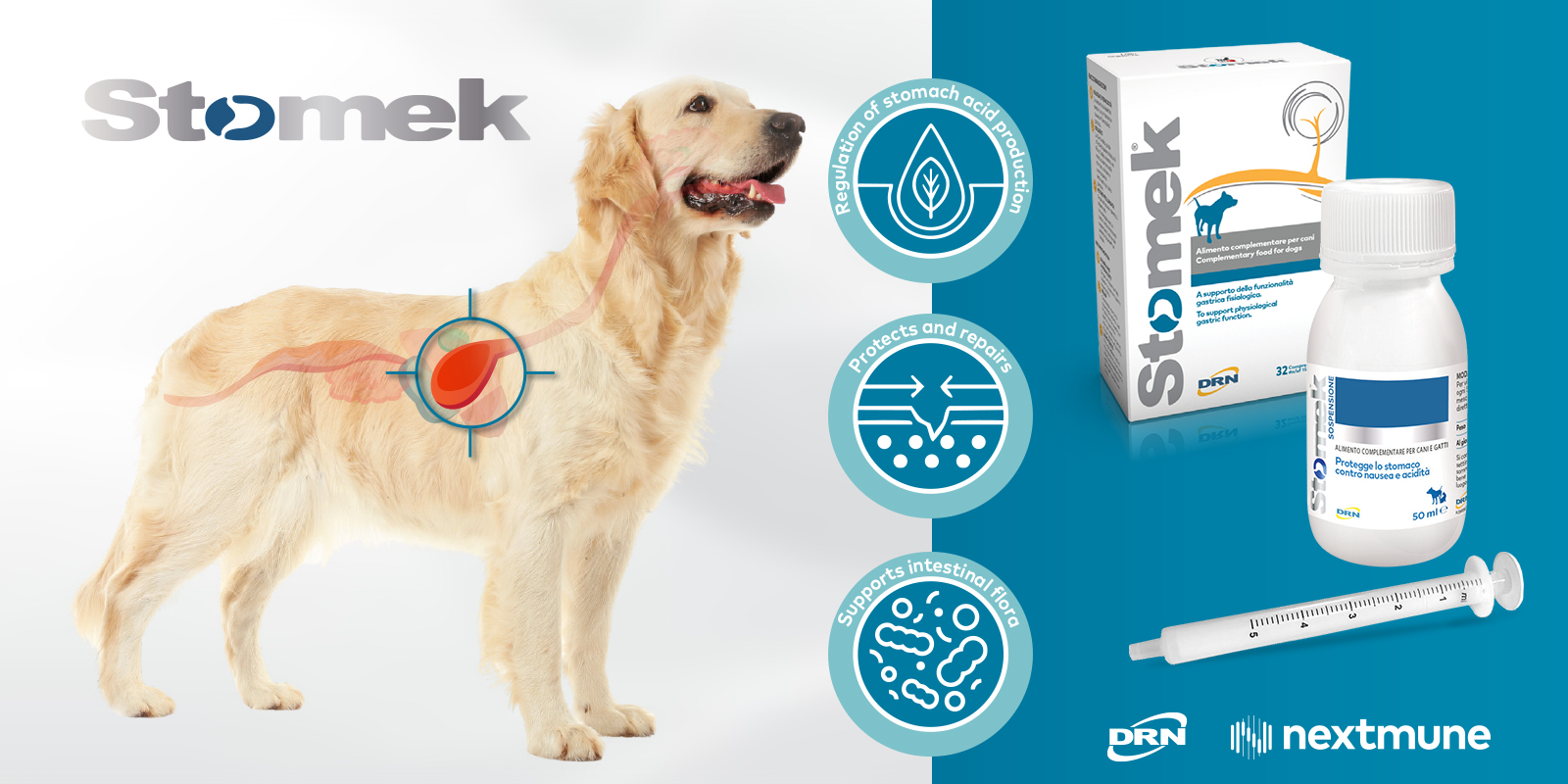Otitis management
Dr. Chiara Noli Dip ECVD
Veterinary Dermatological Services, Peveragno (CN)
Ear diseases represents a very common problem in Veterinary medicine, estimates that up to 30% of dogs may have some otologic alteration. The underlying cause is usually multifactorial, consisting of several components that, together, contribute to the pathogenesis of disease. Allergic diseases such as food allergy or atopic dermatitis often underlie otitis, less frequently endocrine, immune mediated or other diseases. Inflamed and oedematous duct skin due to allergy often encourages secondary, bacterial and/or Malassezia infections. These contribute greatly to itching and development of unpleasant smell. If the underlying cause (e.g., an allergy) or complicating infections are not properly managed, otitis can relapse or chronicize, leading to often frustrating management for owners and Veterinarians.
Since ear is coated by skin and is an organ well reached by topical therapy, in cases of external otitis therapy of choice is local. This can be based on either prescription drugs or free sales products, according to the cases. These need to be evaluated by otoscopic examination, before and after accurate cleaning of the duct, and by cytological examination of the exudate.
Scenario 1
Mild allergic otitis, erythema, open ear ducts, normal cerumen
Erythematous otitis, usually itchy, without unpleasant smell, with excessive cerumen production and overgrowth of microorganism, is often indicative of a mild or early-stage allergy. In these animals it is advisable to start a strict hypoallergenic diet for 8 weeks with a commercial hydrolysate and starch-based food to identify a possible food allergy, and to treat the ducts with topical soothing, anti-inflammatory and anti-itching products. Among free sales products there are ear solution with chlorhexidine in combination with lactobionic acid, salicylic acid and glycerophosphoinositol lysine salt, which allow deep cleansing and moisturizing of ear canal, reducing skin reactivity. These products are also able, if used on regular basis, to reduce recurrences of otitis in allergic animals˜.
In those cases where pruritus and inflammation are more severe, it has been reported the use of hydrocortisone acetate spray once a day until resolution of symptoms, then twice a week as maintenance°.


Scenario 2
Ceruminous otitis with excessive production of cerumen, absence of microorganisms on cytological examination
Ceruminous otitis with material filling the duct and obstructing the view of the eardrum is quite common and is an aggravation of the previous scenario. Therefore, this scenario can be observed in case of allergic diseases; however, it can also be associated with endocrine diseases (hypothyroidism) or keratinization disorders, such as idiopathic seborrhea of Cocker or in case of sebaceous adenitis. When on cytologic examination no overgrowth of microorganisms is observed, all that needs to be done, beyond identifying and controlling where possible the underlying disease, is to clean the ducts on a regular basis with a ceruminolytic product.
Cleansing can initially be carried out by the Veterinarian under anaesthesia with highly effective foaming products, e.g., dioctyl sulfosuccinate and carbamide peroxide, after ascertaining tympanic integrity, taking care, however, to rinse well the ducts after use because these products are irritating. In case you want to instill another product, it is advisable to wait at least 8h after the use of foaming products. On the other hand, if you want to leave a ceruminolytic in the hands of the owner, squalene-based products are effective and safe to apply daily for 2-4 weeks.


Scenario 3
Ceruminous otitis with unpleasant smell, overgrowth of cocci Bacteria and/or Malassezia
When otitis is complicated by microorganisms, such as cocci Bacteria and Malassezia, exceeding cerumen acquires a rancid smell, sometimes very unpleasant. The inflammation is often more severe, with very noticeable oedema, erythema and itching. If the overgrowth is not excessive, daily use of cleaning products containing disinfectants, e.g. chlorhexidine, whether or not combined with Tris-EDTA, can help. In an in vivo study on 11 dogs with bacterial, chronic external otitis, daily application of a topical product containing chlorhexidine digluconate 0.15% + Tris-EDTA demonstrated a remarkable decrease in both clinical and cytological parameters (70%) in the first 14 days˛˝˙.
On the other hand, when the otitis is more severe, can persist for weeks or months, and the inflammation becomes chronic with evident oedema, stenosis of the duct, lichenification and hyperpigmentation of the pinna, then it may be useful to administer one or two weeks of systemic corticosteroids, such as prednisolone at 1 mg/kg, and instill a topical antibiotic and/or antifungal drug for one or two weeks.
An excellent alternative to the use of antibiotics is the administration of synthetic antimicrobial peptides in combination with low-dose chlorhexidine and Tris-EDTAˆ. In any case, since inflammation of the duct blocks the natural centrifugal migration of the epithelium from the eardrum to the tragus, which allows emptying and cleaning of the duct, it is always necessary to combine a daily flushing of the ducts by the owner, at home, with disinfectant solution for at least a month, or until the “self-cleansing” process of the ducts resumes.

 Global English
Global English

 Danmark
Danmark
 Deutschland
Deutschland
 Bélgique (FR)
Bélgique (FR)
 Nederland
Nederland
 Norge
Norge
 Sverige
Sverige




